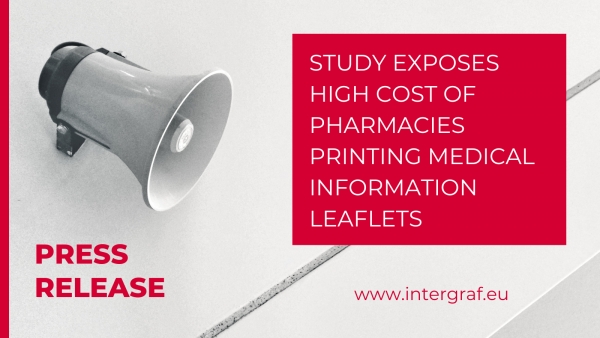6 February 2023

Tinnitus Awareness Week
Tinnitus Awareness Week is observed the first full week of February and the purpose of it is to educate the public about the symptoms of tinnitus and how it affects people. Tinnitus is not actually a condition, but a symptom of an underlying condition.
What does Tinnitus sound like?
Tinnitus is most often described as a ringing in the ears, even though no external sound is present. You might hear different types of sound, for example ringing, buzzing, or humming. The noise may be low, medium or high-pitched or the sound could vary between these. The sound may be constant, or it may come and go intermittently.
Who gets Tinnitus?
About 30% of people will experience tinnitus at some point in their lives, but the number of people who live with persistent tinnitus is approximately 13% of UK adults - so more than 1 in 8.
Of those people who have persistent tinnitus, around 1 in 10 will find it has a significant impact on their quality of life.
Tinnitus is more common in people who have hearing loss (usually caused by exposure to loud noise or ageing) or other ear problems, but it can also be found in people with normal hearing.
Noise Induced Earing Loss
If you work with loud machinery daily, then you could be leaving yourself open to developing tinnitus. You may get used to working with loud noises, but the damage is still being done and it can manifest itself before appearing in the form of tinnitus at any stage in life. Always wear ear protection, whether you’re operating a Folding Machine or a Printing Press or entering a Mandatory Hearing Protection Area.
Legislation is in place to protect everyone whilst at work, but you have also help yourself too, by wearing the ear protection provided. Are you aware of the noise exposure levels at work? I would advise anyone operating a machine to wear ear protection during production.
Noise levels in printing companies obviously vary, depending on the area. The Prepress and Office Areas are generally very quiet areas with noise levels around 70dB(A), whereas noise levels above 85dB(A) are commonly recorded in the main production areas.
It is important therefore to know the noise exposure levels throughout your site, so you can determine what control measures are required for the Action Levels recorded.
So - What are the action levels and limit values?
Lower Exposure Action Level – 80dB(A) - Hearing protection must be made available to employees, however, below 80bB(A) there are no requirements to provide hearing protection.
Upper Exposure Action Level – 85dB(A) - Hearing protection is to be worn by all exposed employees without exception.
Where levels are recorded above 85dB(A) it is managements responsibility to ensure hearing protection is always worn, signage MUST be displayed indicating these areas and health surveillance (Audiometry Tests) MUST be provided to all employees exposed to the Upper Exposure Action Level.
Remember – Noise Induced Earing Loss is PREVENTABLE, if hearing protection is worn, and will also help prevent the risk from Tinnitus in the future.
If you're a trained professional and you're interested in hiring the BPIF Noise Monitoring Device or require a Noise Assessment of your site, contact your BPIF HS&E Adviser.
If you or a family member suffer from Tinnitus and require advice or support, contact:
The British Tinnitus Support Team –
0800 018 0527 (Mon to Fri 9am to 5pm)
 Intergraf Economic News (Paper Prices) - March 2024
Intergraf Economic News (Paper Prices) - March 2024
18 March 2024
Access the latest edition of the Economic Newsletter for the European Printing Industry for data on paper consumption, and pricing data for pulp, paper and recovered paper. Data for packaging papers and board is also available with this edition.
 STUDY EXPOSES HIGH COST OF PHARMACIES PRINTING MEDICAL INFORMATION LEAFLETS
STUDY EXPOSES HIGH COST OF PHARMACIES PRINTING MEDICAL INFORMATION LEAFLETS
7 March 2024
Intergraf welcomes the release of a study by our partner MLPS (Medical Leaflet = Patient Safety), a subgroup of the European Carton Manufacturers Association (ECMA) shedding light on the potential economic costs associated with the proposed use of Print on Demand (PoD) leaflets in the pharmaceutical legislation revision.
The BPIF is the printing industries champion. By becoming a member you join a diverse and influential community. We help you solve business problems, connect you to new customers and suppliers and make your voice heard in government.
Call 01676 526030









